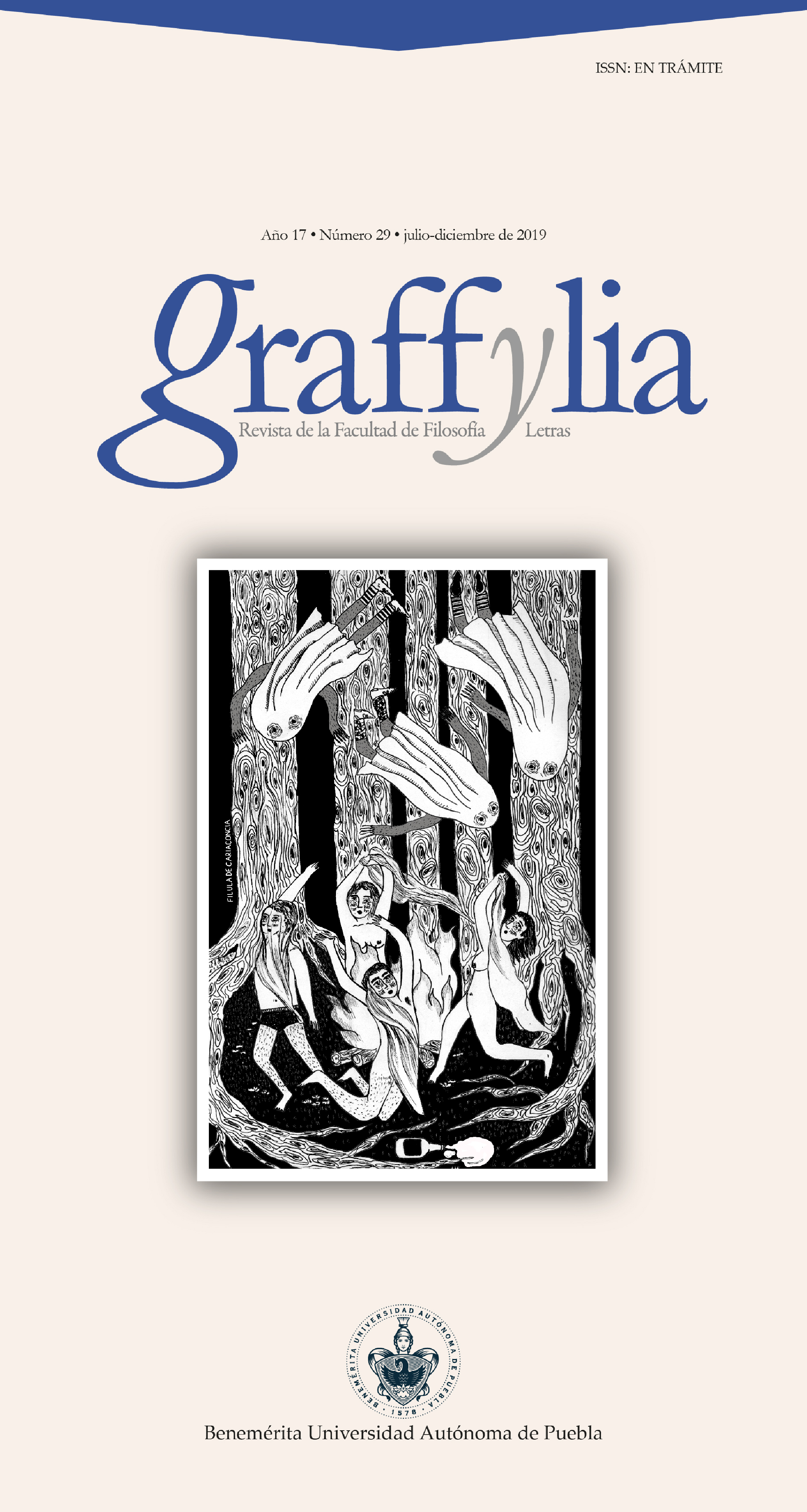The Historical Memory through Cinema. The Case of the Lynching of San Miguel Canoa, Puebla
Abstract
The purpose of this article is to address the lynching that occurred in the community of San Miguel Canoa, Puebla, in 1968, through the film Canoa. Memoria de un hecho vergonzoso (1975) of the cinematographic director Felipe Cazals. This film shows the political motives and other factors that contextualize the prevailing atmosphere in that crucial year of 1968. Canoa could be considered as a film of historical memory, a term coined by the Spanish historian José Luis Sánchez Noriega to differentiate it from historical cinema.
References
Ferro, M. (1988). Cinema and History. (Naomi Greene, Trad.). Michigan: Wayne State University Press.
Meaney, Guillermina (2000). Canoa, el crimen impune. Puebla: Archivo Histórico de la Benemérita Universidad Autónoma de Puebla.
Pérez Turrent, Tomás (2007). Canoa. Ciudad de México: Molinos de Viento. Romero Melgarejo, Oswaldo (2006). La violencia como fenómeno social. El linchamiento en San Miguel Canoa, Puebla. Tlaxcala: Joral.
Rosenstone, R. A. (2008). Inventando la verdad histórica en la pantalla. En G. Camarero, B. d. Heras y V. d. Cruz (Coords.), Una ventana indiscreta. La historia desde el cine (pp. 9-18). Madrid: Ediciones JC y Universidad Carlos III de Madrid.
Sánchez Noriega, José Luis (2008). De la “película histórica” al cine de la memoria. En G. Camarero, B. d. Heras y V. d. Cruz (Coords.), Una ventana indiscreta. La historia desde el cine (pp. 87-95). Madrid: Ediciones JC y Universidad Carlos III de Madrid.
Fuentes de la Hemeroteca Pública del Estado de Puebla “Juan Nepomuceno Troncoso” ¿Castigaran a los culpables? (18 de septiembre de 1968). El Sol de Puebla, (s.p.). Zafarrancho en San Miguel Canoa; cuatro muertos y tres heridos (15 de septiembre de 1968). El Sol de Puebla, (s.p.).
Fuentes orales
Rojas Limón, Alejandra (abril de 2012). Sobre Canoa (entrevista al director Felipe Cazals). Ex Hacienda de Micuautla, municipio de San Pedro Tepeyahualco, Puebla.






